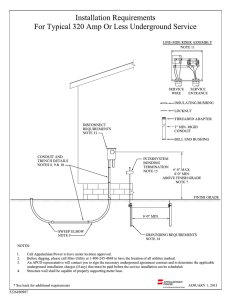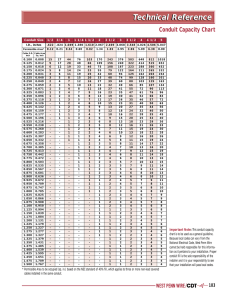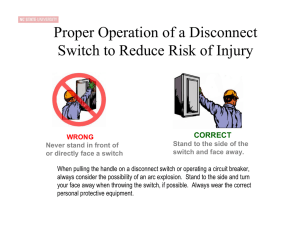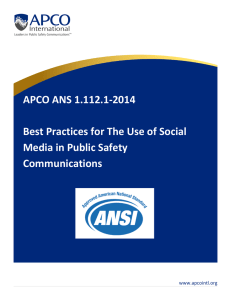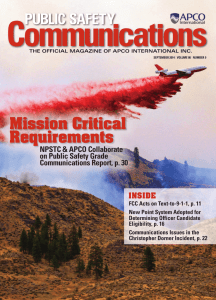Typical manufactured home underground
advertisement
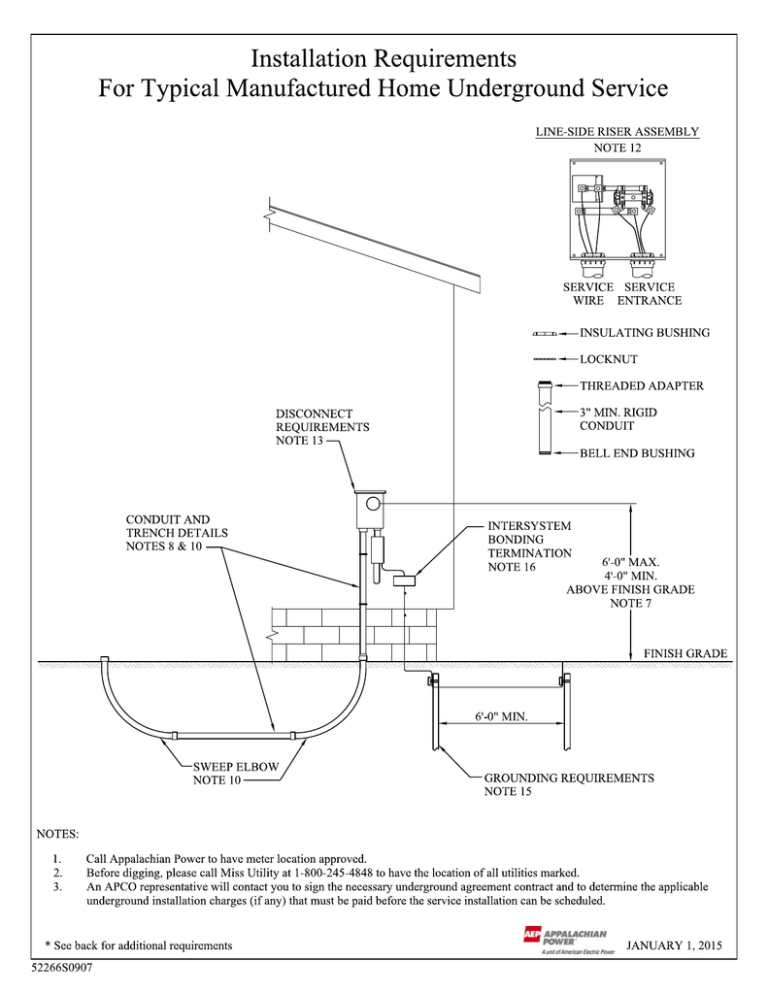
Installation Requirements for Typical Manufactured Home Underground Service 4. 5. 6. 7. 8. 9. 10. 11. 12. 13. 14. 15. 16. Before electrical equipment may be installed on a manufactured home, the home must meet the requirements set forth in the current NEC Section 550 and the Housing and Urban Development Construction Standards. If the standards are met, the meter base and outside disconnect can be mounted directly on the home. Structure wall shall be capable of properly supporting meter base. Inhibitor compound shall be used on all aluminum wire terminations. Install meter base such that the center of the meter base is not less than 4 feet and no more than 6 feet above finished grade. Meter base shall be installed outside the building wall nearest to APCO service facilities or at a location designated by an APCO representative. Maintain the meter location such that it is out of the way of pedestrian and vehicular traffic and is easily accessible without damage to property or risk of personal injury. Schedule 80 conduit may be required for areas subject to obvious sources of damage. For APCO’s service lateral, customer shall install, at a minimum, 3-inch Schedule 40 PVC electrical conduit 30 inches below finished grade and backfilled with suitable material, free of rock and debris. Lot must be within 6 inches of final grade. Any 90-degree bends must be long radius bends (minimum 36 inch radius). The installation of cable marking identification tape in the trench is recommended. Customer is to install, at a minimum, a ¼ inch nylon pull rope in the conduit. An APCO representative will specify the conduit size and trench location. Customer shall provide and APCO to install 90-degree, Schedule 40 sweep elbow at padmount equipment or at terminal pole location. Customer to also provide weatherhead for installation on APCO’s pole mounted service riser. APCO representative to specify size. If the service installation is part of the APCO’s West Virginia Inspection Program, an approved inspector is required to inspect the trench and conduit installation. Line-side riser assembly to consist of an insulating bushing, locknut, threaded adapter, galvanized or schedule 40 PVC electrical conduit with bell end and clamp. All conduits shall be adequately secured with strapping. The disconnect must have an additional breaker or space for an additional breaker that is capable of serving an external load. Four (4) wire entrance conductors shall be installed between disconnect and main panel. Service entrance conductors (from disconnect to panel main breaker) shall be triple-rated. Triple-rated is defined as a conductor with a rating for wet/damp locations, a flame retardant rating and a rating for underground installation. Examples of ratings include RHW, RHH, USE-2, etc. Conduit is required for the entire run of cable and shall be securely fastened to the underside of the manufactured home. Ground wire conductor shall not pass through or be connected within the meter base. Ground rods and ground connections shall be 6 inches below final grade. A total of two (2) 5/8 inch X 8 foot copper clad ground rods and UL approved clamps shall be utilized. On new installations, the ground conductor shall be continuous from the service panel or disconnect through and to the second ground rod. For existing services, the second ground rod can be added without replacing the original ground conductor as long as it is properly connected and bonded to the first ground rod. There shall be a minimum distance of 6 feet between ground rods and #4 copper shall be the minimum ground wire size. On new installations and existing installations where alterations are made, an intersystem bonding termination shall be provided externally to enclosures at the service equipment. The grounding conductor shall be continuous through the intersystem bonding termination. A meter box ground clamp is not permitted. These guidelines are for informational purposes only. Appalachian Power does not warrant that the information is in every respect accurate and makes no warranties regarding results from the usage of these guidelines. APCO shall have neither liability nor responsibility to any person or entity with respect to any loss or damage caused, or alleged to be caused, directly or indirectly by the information contained herein.
